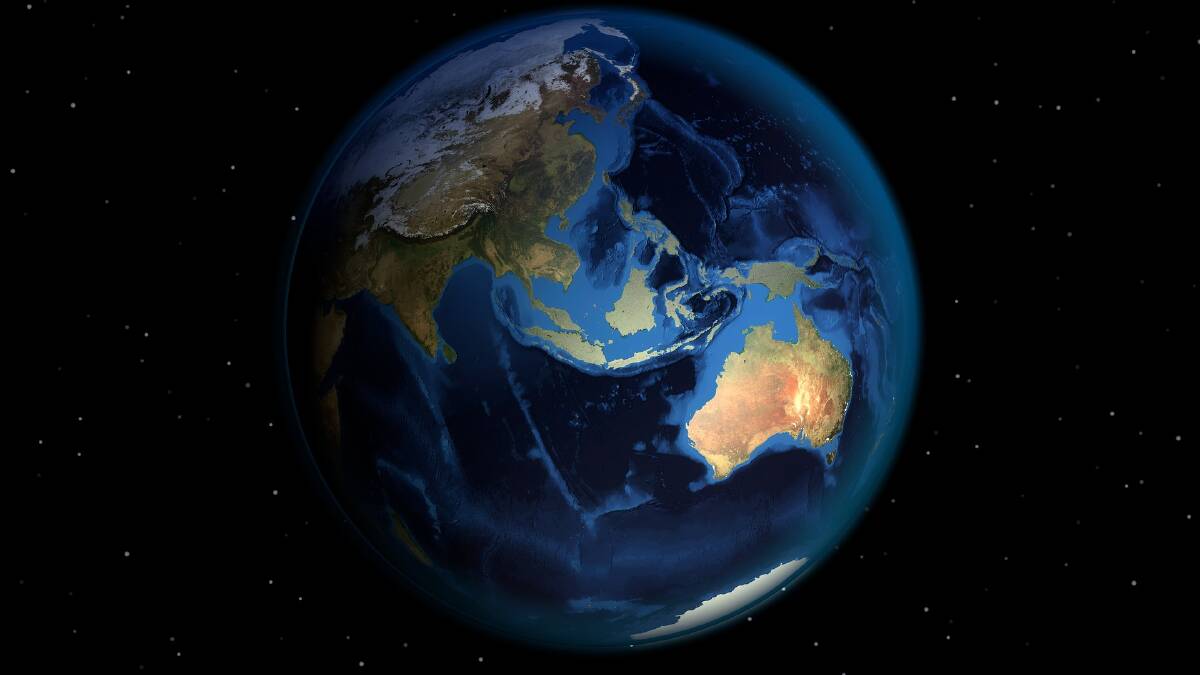
PLANS to monitor the soil remotely isn’t just limited to farm probes, mining is also also likely to make use of new technologies allowing assessments below the ground.
Subscribe now for unlimited access to all our agricultural news
across the nation
or signup to continue reading
This month as part of its ten-year plan, the Australian Academy of Science proposed the development of a telescope designed to look down on the Earth, scanning up to 300 kilometres below the surface in a hunt for speciality minerals required for new technologies and machinery.
The Academy’s Earth Science committee chair, Professor Sue O’Reilly said the downward-looking telescope would give a new understanding of the vertical makeup of the continent and direct mineral exploration, particularly for rarer metals.
“By 2030 global demand for cobalt will be 47 times what it was in 2016 so, unless we can become self-sufficient in this strategic metal, Australia may be held to ransom with massive price increases and chronic shortages,” she said.
“Overall, in the next 15 years, Australia will need as much copper as had ever used to date.
“Relative to how much of it we use, copper is geologically one of the scarcest industrial commodities and in the next few years we will be looking at an annual copper deficit almost equal to our current global copper production.
“An electric car requires around 65 kg of copper and typically about 10 kg of cobalt. Cobalt currently costs about US$60 000 per tonne.”
Professor O’Reilly said the plan also called for an expansion of Australia’s national computational capability, to ensure Australia retains and extends its lead in geoscience simulation and modelling capability, along with embedding geoscience in school’s STEM curriculum.
“Geoscience is largely absent in Australia’s school system.”
- Does this article interest you? Scroll down to the comments section and start the conversation. You only need to sign up once and create a profile in the Disqus comment management system for permanent access to all discussions.


